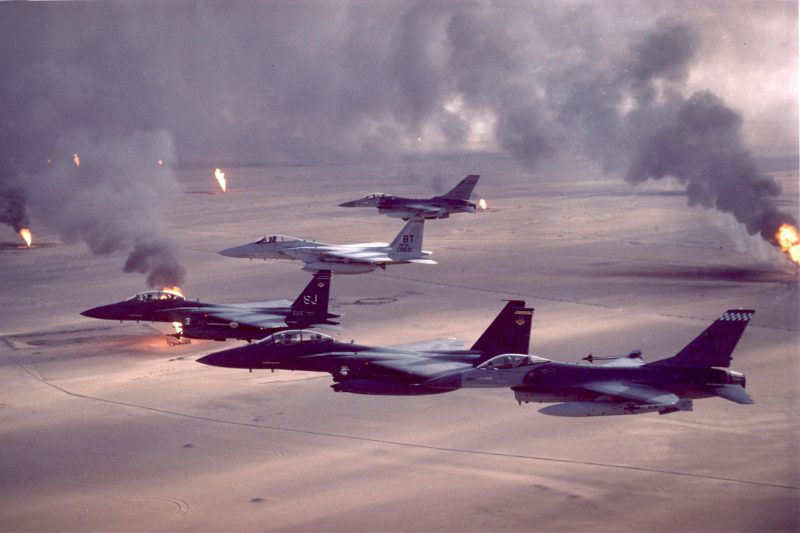The US deployed its MIM-104C Patriot Missile system for the first time in active combat.
A new memorial in honor of those who lost their lives in the 1991 Desert Shield and Desert Storm Operations in Saudi Arabia and Kuwait hit a milestone recently when the site earmarked for the development of the memorial was dedicated.
The project is on track to break ground in the spring of 2020, with efforts fully focussed on fundraising prior to work starting.
Dedication of the completed memorial is slated for US Veteran’s Day 2021. The estimated cost of the memorial is 40 million US dollars, and current federal law stipulates that all funds must come from private sources. The balance sheet stands at $8M today, so there is still some way to go to raise the extra money required before work can start.
No tax-payer funds can be used, so $2M of the current total has been down to individual donations. The new memorial site will be in the south-west corner of Constitution Avenue and 23rd Street North West, in Washington D.C. — an iconic location on the National Mall.
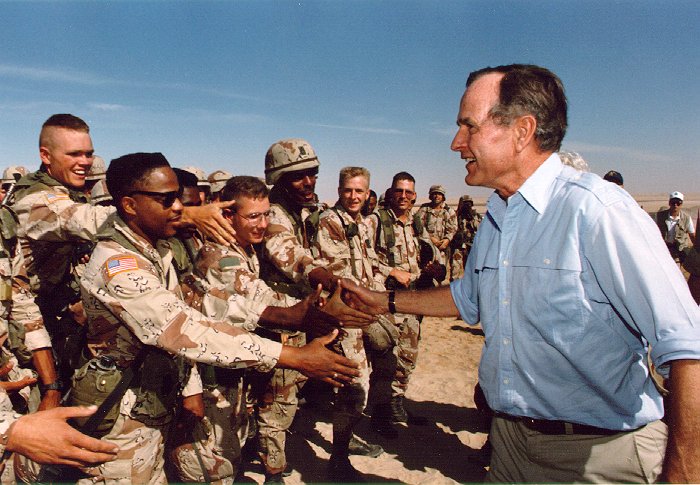
August 2, 1990, was an ordinary summer’s day for many Americans. However, there was a drama unfolding on the other side of the world that would see the country pulled into its largest foreign fighting engagement since the wars in Asia.
Iraqi leader Saddam Hussain marched his armies across the border to annex Kuwait (a major supplier of oil to the USA) and threaten Saudi Arabia.
At the time, the US-supplied Iraqi Army was the fourth largest in the world. The action promised to cause instability in a region that had recently seen eight years of warfare between Iraq and Iran. It also looked certain to interrupt oil supplies essential to maintaining the global economy.
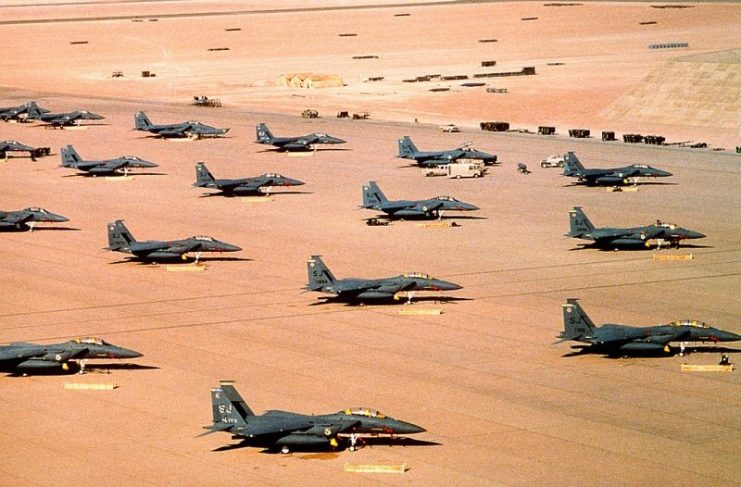
With the UN, Arab League, Soviet, and strong public support at home, the US deployed half-a-million troops to Saudi Arabia to deter any Iraqi plans to invade. Operation Desert Shield was used as a powerful bargaining chip while diplomats worked hard to find a way to avoid escalation of the conflict.
With the arrival of 1991, little had changed, and the mood in Baghdad had not improved. So, on January 15, the Operation moved to Desert Storm. The US, along with 34 allied nations including Saudi Arabia, the UK, and France, spent the next six weeks flying 18,000 missions and 116 combat sorties. They dropped nearly 90,000 tonnes of bombs.
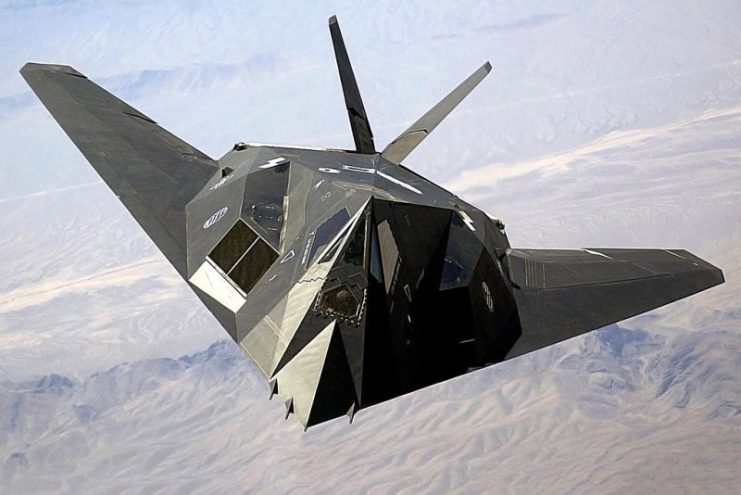
This massive deployment of aerial power overwhelmed the Iraqi forces, and the follow-up ground invasion by allied troops lasted just 100 hours. The US deployed its MIM-104C Patriot Missile system for the first time in active combat. The Iraqi SCUD Missile Systems were the main target, and the US system proved very successful.
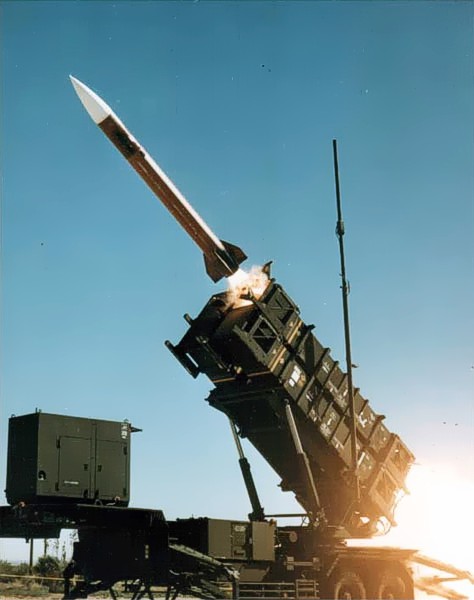
During the conflict, Iraq tried several times to break the “coalition of the willing” by launching missile strikes against Israel. However, the Israelis refused to be drawn into the conflict, instead allowing the US to base Patriot Missile systems on its territory, which successfully destroyed many SCUD missiles before they could do any damage.
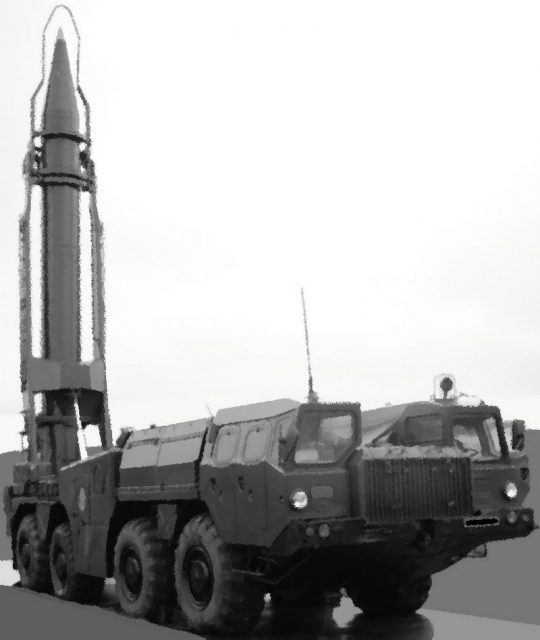
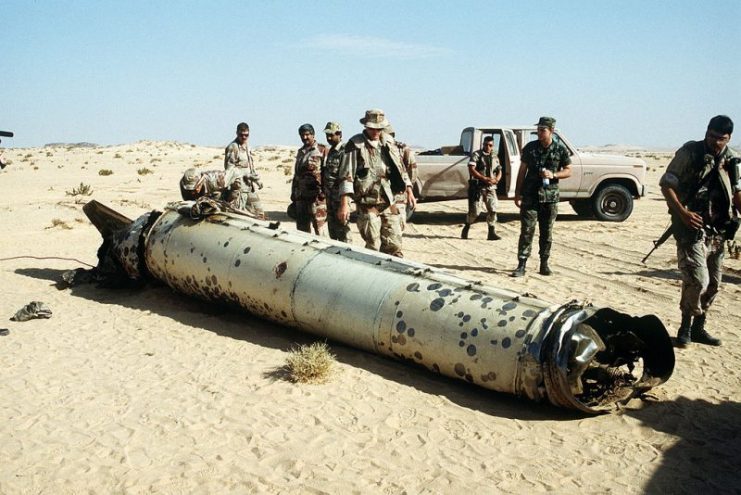
The rapid response and speedy conclusion of the Battle for Kuwait used massive force and seemingly limitless resources. The casualty rate was low at just 383 service personnel.
Read another story from us: 101st Airborne: The Lightning in Desert Storm
A survey was carried out to ensure the goals of the memorial remained in line with expectations of the personnel who served in or were affected by the operations. There was particular focus on ensuring future generations knew this was not a unilateral US action but that it was an unprecedented coalition of 34 independent nation states.
